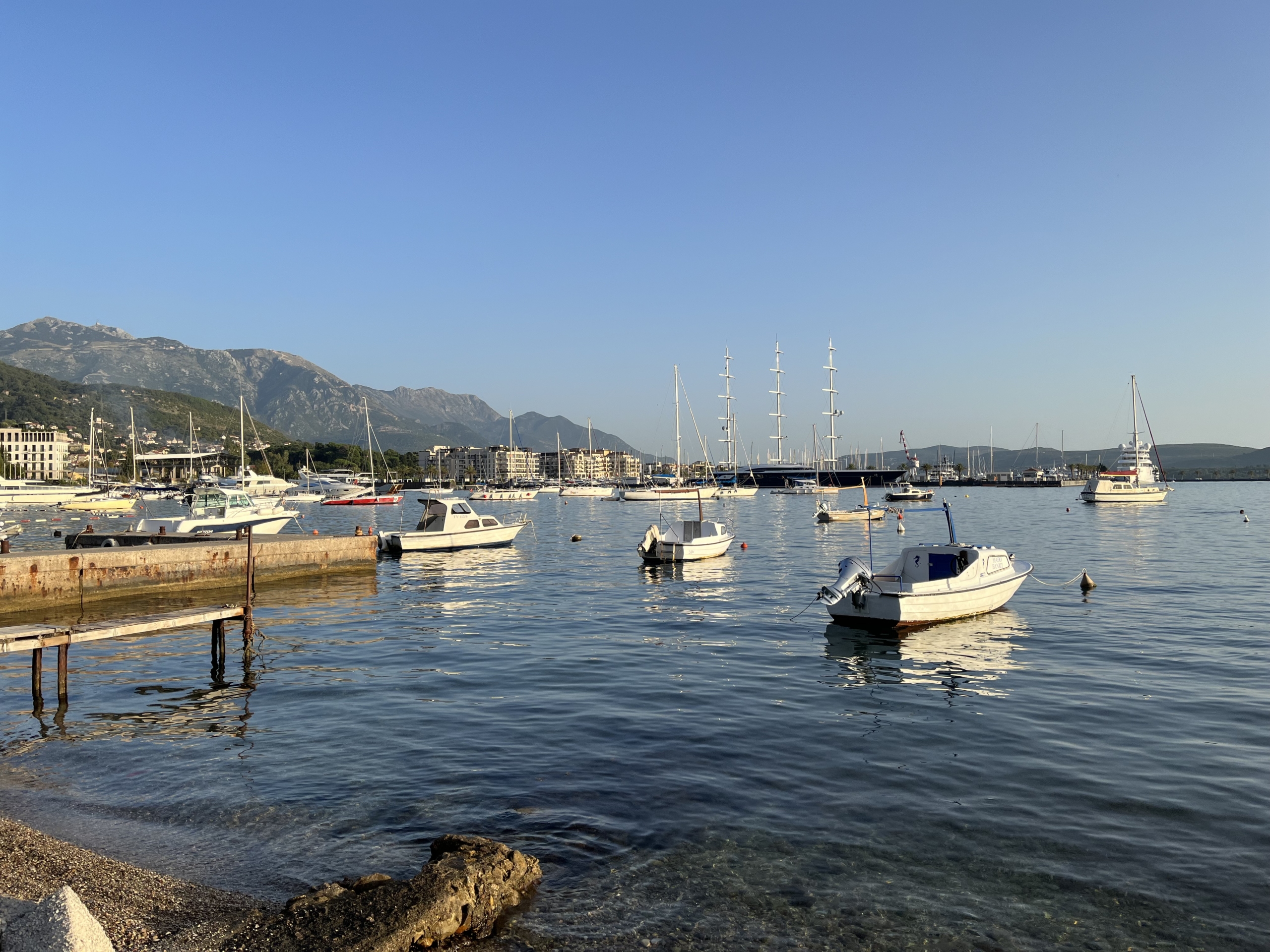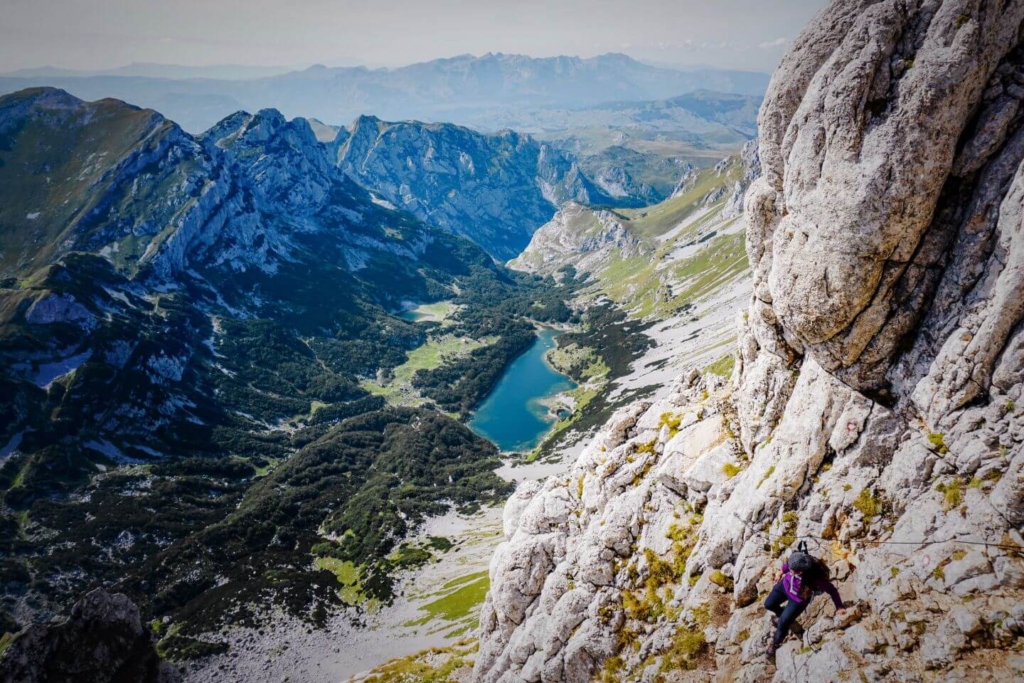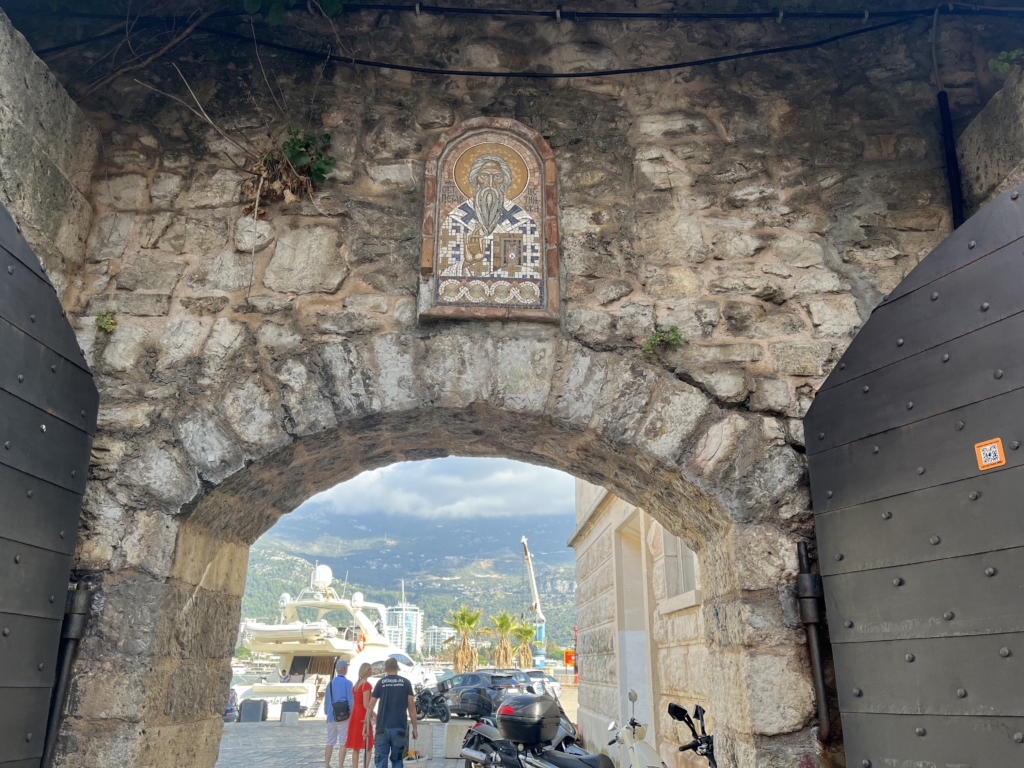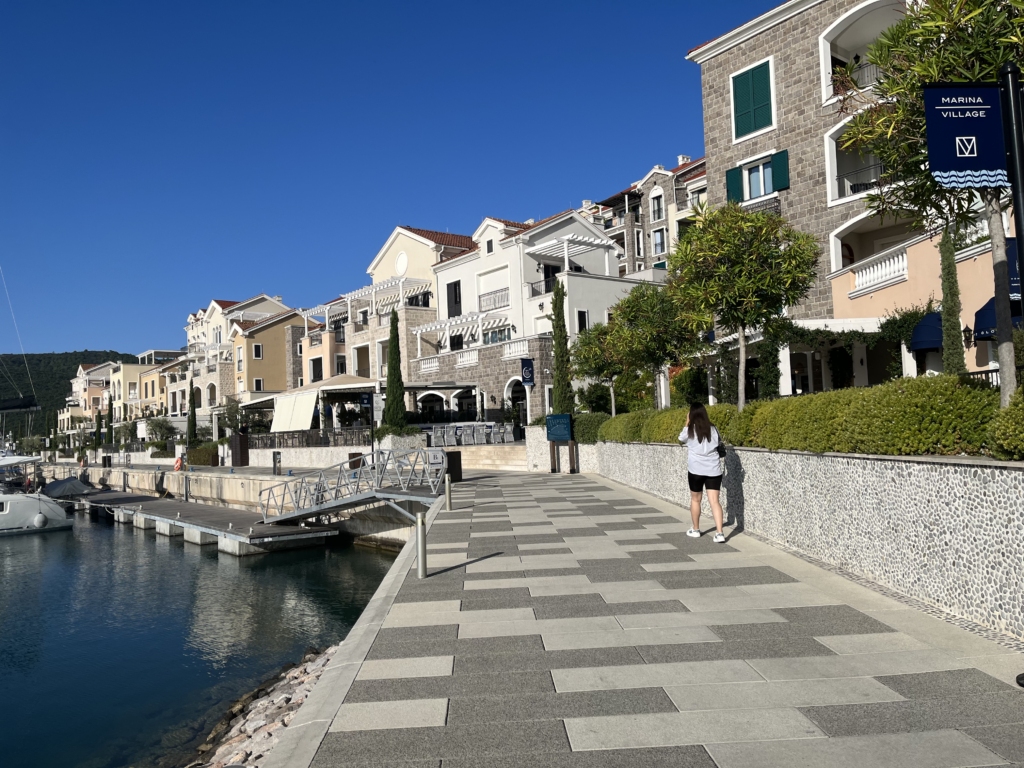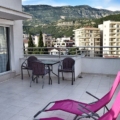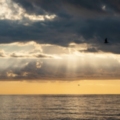A week in Montenegro – Montenegro may be one of the smallest countries in Europe, but don’t make the mistake of thinking you can rush through it and get the complete picture.
Long story short, you can’t, but the country’s compact size means you can cover a decent amount of ground in one week and create a serious desire to return in the process.
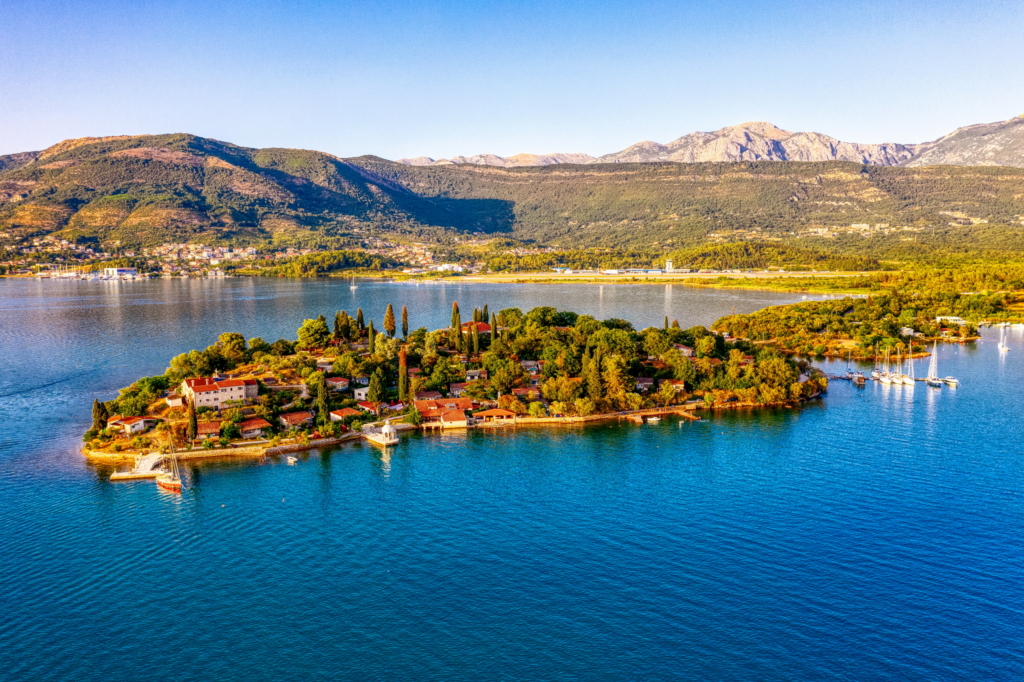
Montenegro’s coast gets most of the attention (understandably so), but the soul of the country lies deep in the mountains, which is where our journey begins. Looking for the perfect seven days in marvelous Montenegro? Look no further. Let’s head into the hills.
Day 1 – Embrace nature at Durmitor National Park
Of course, by “hills,” we mean “towering mountains,” but we’ll deal with the logistics first. Durmitor National Park is in the northwest of Montenegro, 75 miles from Podgorica. Those lucky enough to begin their journey in and around Montenegro’s border with Croatia need to head northeast, dipping into the beautiful country of Bosnia and Herzegovina along the way. Durmitor National Park covers a vast swathe of the Dinaric Alps, and the small mountain town of Žabljak makes the most logical base. It’s just as well that Žabljak has a well-developed tourist infrastructure, with a decent selection of hotels and restaurants for restoration and refuelling.
Of course, you’re not visiting Durmitor National Park to hang out in the hotel. The more energetic will have the imposing Bobotov Kuk in their sights, an 8,278-foot tall mountain that stretches high into the clouds. First ascended by Austrian hiker Oscar Baumann (thought to be the first European to enter Rwanda) in 1883, the views from the peak are predictably jaw-dropping. You can practically see all of Montenegro from up here (and parts of neighbouring Serbia and Bosnia and Herzegovina), although that probably depends on your eyesight. Hiking Bobotov Kuk isn’t for amateurs, however — this is one of the most challenging hikes in the region.
If scaling 8,000+ foot tall mountains isn’t your thing (welcome to the club), Durmitor National Park has 18 gorgeous glacial lakes waiting to be enjoyed. The lakes are spread across the hills, appearing out of nowhere like shimmering oases of respite, needed whether hiking or lazing. Black Lake (Crno Jezero) gets the most attention, and it isn’t difficult to see why. Međed Peak provides a dramatic backdrop to the crystal clear waters. If you can’t enjoy this, you might want to check your pulse.
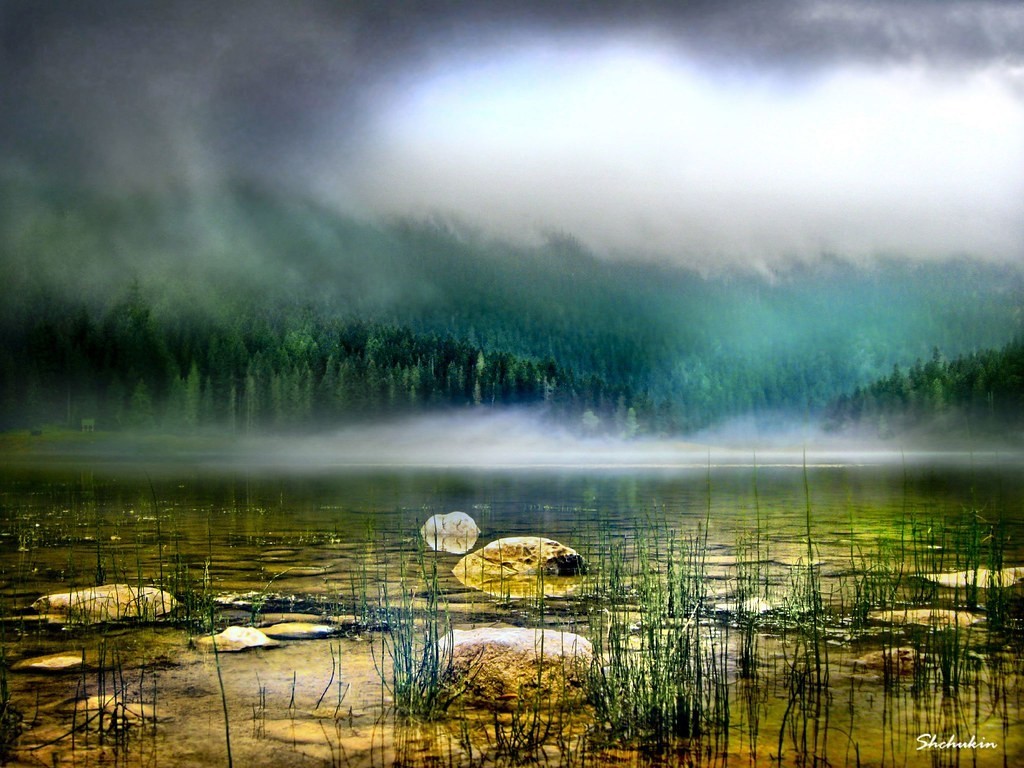
What, there’s more? You better believe it. Durmitor National Park encompasses the canyons of the Tara, Sušica and Draga rivers, which brings all the natural drama you could ever need. The Tara River Canyon gorge is the deepest in Europe and the third-largest on the planet. The Đurđevića Tara Bridge shows that humans and nature can work together gracefully, and the Dobrilovina Monastery is as serene a spot as you can imagine. Come to think of it, why don’t we just spend seven days in Durmitor National Park?
Read Also: 8 Best Hikes in Montenegro
Day 2 – Visit a spiritual miracle in Nikšić and Ostrog Monastery
As delightful as a week in Durmitor would be, we’ve got an entire country to explore, so get back on the road and travel 45 miles south to Nikšić. Montenegro’s second-largest city is criminally overlooked by most tourists, who tend to use the city as little more than a layover before heading into Bosnia and Herzegovina. Those who stay a little longer in town will find arguably Montenegro’s best cafe scene, as every street seems to have three or four coffee spots worth enjoying.

The highlights? Propaganda, Forest Lounge, Floyd, the list goes on. Atrium is one of the best in town, and it also doubles up as a fabulous boutique hotel with knowledgeable staff and comfy beds. Those looking for something a little more formal can do worse than a night at Hotel Onogošt, in the heart of Nikšić. While in town, be sure to visit the ruins of Bedem Fortress and the gorgeous Orthodox Temple of St Basil of Ostrog.

Sticking with the theme, Nikšić is the best place to base yourself ahead of a visit to the awe-inspiring Ostrog Monastery. The chalk-white monastery was constructed in the cliffs, an incredible feat of engineering and determination. The road to Ostrog is terrifying, to say the least, but some things in life need to be earned. The monastery is just 15 miles south of Nikšić, but the road is a logic-defying rollercoaster of hairpin turns and U-bends, each scarier than the last, leading to arguably the most impressive sight in the country.
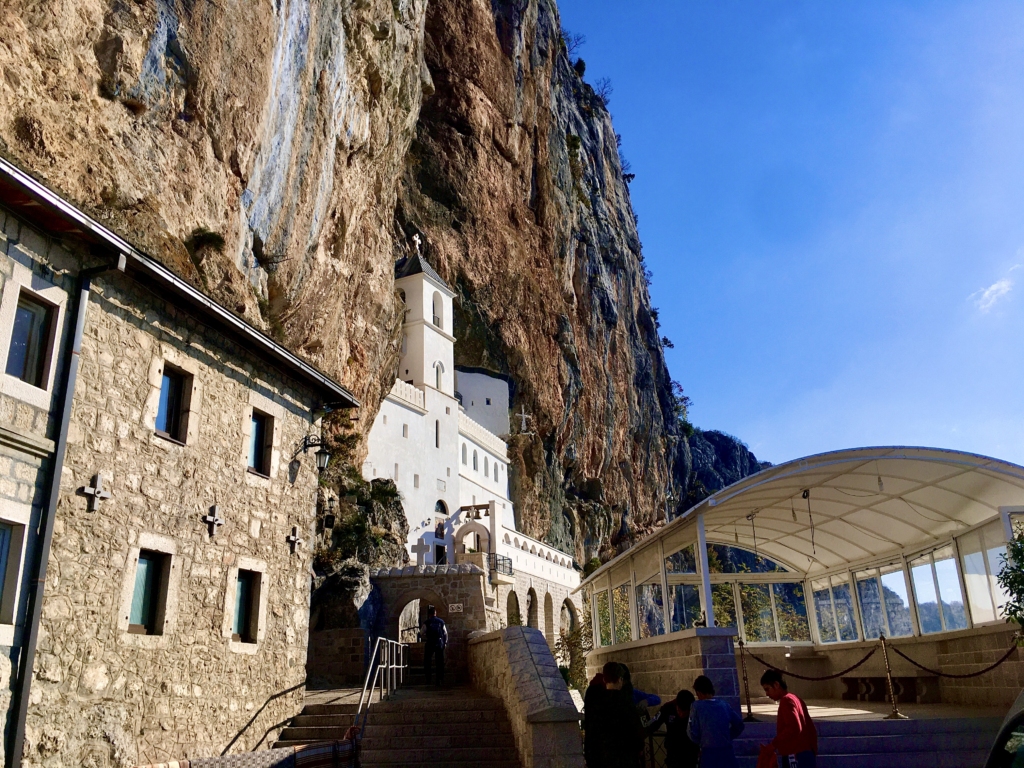
Established in the 17th century but taking on its current image after a fire in the early 20th century, the monastery is named after St Basil of Ostrog, who is buried in the complex. There are two monasteries (the Upper and Lower, for obvious reasons), so be sure to spend a few hours here to fully appreciate the serenity of it all.
Read Also: Ostrog Monastery
Day 3 – Explore Montenegro’s royal capital in Cetinje
Montenegro’s Royal capital is also one of its most underrated destinations from a tourism perspective. Nestled high in the mountains, Cetinje carries itself with a different confidence to the rest of the country, a self-assurance that shimmers from its charming architecture to the abundance of historical landmarks around town. For many, Cetinje is the heart and soul of Montenegro, the place where Montenegro is at its most Montenegrin. Put bluntly, you can’t even begin to get a feel for the country without spending some time in Cetinje.
Culture vultures are in for a treat in Cetinje. The town is the centre of Montenegrin history and culture, and its museums are among the best in the country. Actually, scratch that; the museums are the best in the country, especially if you want to get to know the real Montenegro. The National Museum of Montenegro is the place to start, although that title covers a range of departments in Cetinje that include King Nikola’s Palace, the Biljarda and the main museum. The latter is the biggest museum in Montenegro. Cetinje also wears its status as a former capital proudly, and the town centre is full of gorgeous buildings that were once embassies and consulates. When it comes to small-town charm, nowhere in Montenegro comes close to Cetinje.
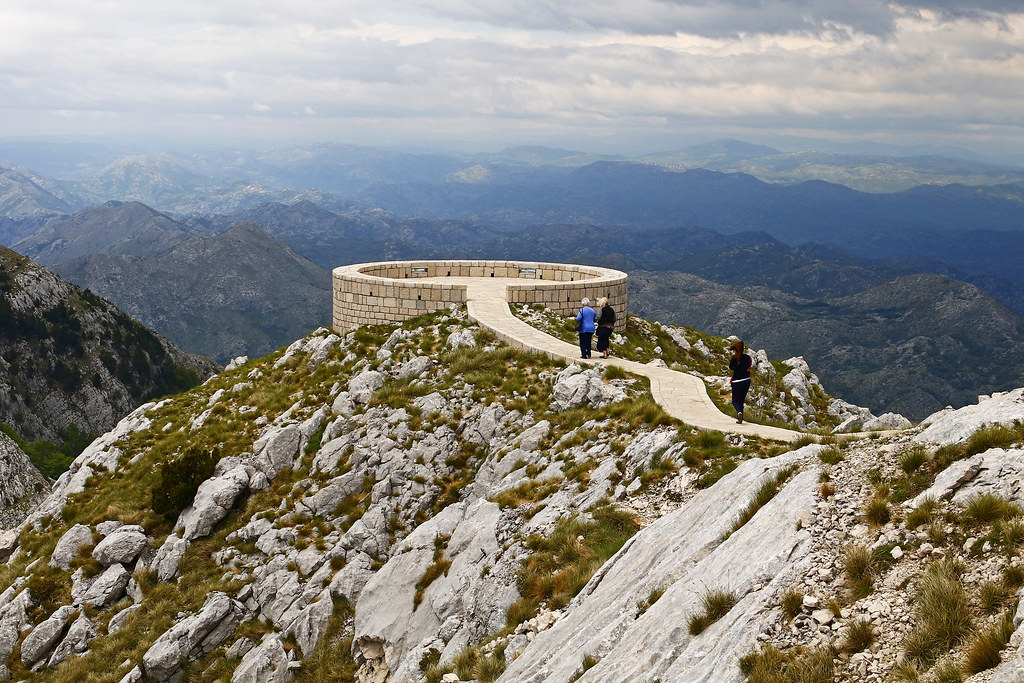
The Njegoš Mausoleum is just about as bucket list as Montenegro gets. Sat high in the sky 12 miles west of Cetinje, the final resting place of Montenegro’s most influential leader showcases the natural beauty of his former dominion from a stunning vantage point near the peak of Mount Lovćen. Designed by iconic Croatian sculptor Ivan Meštrović, the Njegoš Mausoleum is a gorgeous structure in its own right, but this is definitely somewhere that is as important as it is beautiful. Peter II Petrović-Njegoš helped establish Montenegro on a bigger scale, and his mausoleum is grand in all the right ways.
Cetinje is a culture-filled charmer, so don’t be surprised if you are a little exhausted after all that history. The good news is that the former capital is home to one of the best hotels in the country, the magnificent Gradska Cetinje. Right in the middle of town, it is the perfect place to rest after a busy day of all things Montenegro.
Read Also: The Njegoš Mausoleum
Day 4 – Bathe on the beach in Budva
Okay, okay, time to head to the coast. You could easily spend a lifetime going up and down Montenegro’s coastline, stopping at every town and village in search of absolute tranquillity, but we’re on the clock here. Cetinje is in the heart of the country, so it is difficult to construct a logical one-direction itinerary for the sea, but Montenegro is small enough that a bit of back-and-forth driving isn’t going to ruin anything. With that in mind, let’s head to Budva, just 20 miles south of Cetinje.
As one of the oldest cities in the country, it is no surprise to hear that most of the action in Budva is focused on its old town. The Venetian walls hide a maze of narrow streets packed with cafes, shops, restaurants and historical tidbits, not to mention the occasional stunning church or sweeping viewpoint. Aimlessly wandering around Budva’s old town is a must in Montenegro, particularly if you consider yourself something of a coffee connoisseur. If the weather is good (and it usually is), make a beeline for Casper Bar and Coffee Roastery for delicious brews and a charming terrace setting. The city museum is across the street, so there’s no excuse.
Once you’ve had your fill of narrow cobblestone streets, head to Mogren Beach for one of the best seaside spots in Montenegro. Take a moment to consider the amount of ground the claim covers and prepare for it to be justified. Mogren Beach (two beaches, technically) is a short 500m walk from Budva’s old town, but it might as well be a different world, such is the serenity.

The sea does that from time to time. When you add sun and sand to the mix, you’ve got the dictionary definition of a delightful Montenegrin beach holiday. There is even Mogren Beach Bar and Restaurant for all your food and drink requirements. When you are all beached out, take the short walk back to the old town to enjoy the sunset before calling it a night at Avala Resort and Villas.
Read Also: Avala Resort and Villas Review
Day 5 – See another side of Montenegro in Ulcinj
After one last espresso in Budva (stop at Polako, this time), jump in the car and drive 40 miles south to Ulcinj. The route takes you past Bar, Montenegro’s third-largest city and a curiosity in its own right. Stari Bar (another couple of miles outside of Bar) is one of Montenegro’s most picturesque old settings. Located at the southern tip of Montenegro, Ulcinj is a city stuck in the middle. Montenegro’s border with Albania is just a short drive away, and Albanian history and culture bubble around every corner of Ulcinj. Throw in excellent beaches, some fascinating Yugoslav history (the hilltop Freedom Monument is one of the most iconic Yugoslav-era spomeniks), the gorgeous Sailor’s Mosque and Montenegro’s most picturesque old town, and you’ve got yourself a unique seaside spot that demands more attention than it receives.

Ulcinj’s old town is set on a rocky promontory above the sea, and its relative lack of renovation and development gives it an altogether more authentic feel than its heavily trafficked counterparts up and down the coast. A handful of restaurants, cafes and hotels are hidden within, with Palata Venezia fulfilling the promise of its moniker. Ulcinj’s city museum is one of the most fascinating in the country, although it doesn’t delve too deep into the town’s darker history. Ulcinj was once a hotbed of piracy and also hosted a sizeable marketplace of the enslaved. These days are long gone, thankfully, but the story of Ulcinj is impossible to tell without mentioning them.
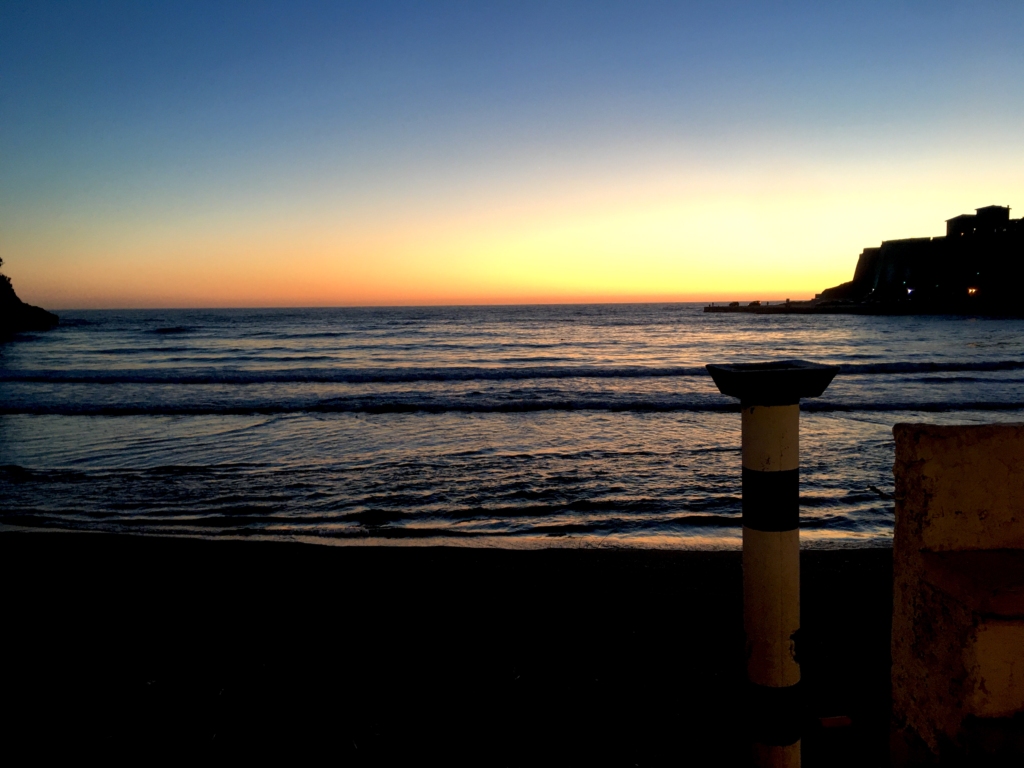
As the sun sets, head to the fabulous Kino Cafe for refreshment and conversation, and the excellent Bella Vista serves traditional dishes in a gorgeous environment. Unless you’d rather eat at Palata Venezia, of course, with the glimmering Adriatic spreading out in front.
Read Also: The Best Beaches of Ulcinj
Day 6 – Fall in love in Kotor and Perast
What is there to say about Kotor and Perast that hasn’t already been said? Kotor is the undoubted poster child of Montenegro’s blossoming tourism scene, and Perast is a tiny microcosm of everything that makes the coast so delightful. The drive from Ulcinj to Kotor is 53 miles of beautiful sea views, and the road offers plenty of tempting options for brief stops. One great choice is to head inland from Sutomore towards Lake Skadar, the largest lake in Southeastern Europe and a national park in its own right. If this was an eight-day itinerary, Lake Skadar would be next in line for its own day. Alas, we’re on the clock, so rejoin the coastal road at Petrovac and head north towards Kotor, passing Sveti Stefan and Budva as you do,

Kotor is the doyen of Montenegrin destinations. In summer, the old town’s narrow streets are busy as tourists dip in and out of the small boutiques and grand churches, none grander than St Tryphon’s Cathedral. Wandering these streets never gets old, and there always seems to be a new cafe ideally situated for a spot of people-watching. If there is one thing you should do in Kotor, relaxing with a cold drink takes top spot.
Read Also: Explore the Best of Montenegro: Top 8 Tours You Must Experience!
Kotor’s charms are most striking in its old town, but nearby Perast takes the cake regarding romance. The village is a further 7 miles north of Kotor and amounts to little more than a single street along the sea, but Perast proves that size doesn’t matter. The two mysterious islets have enough stories to last a lifetime, and you could spend just as much time gazing at the surrounding scenery. Words don’t do it justice, so we won’t even try.
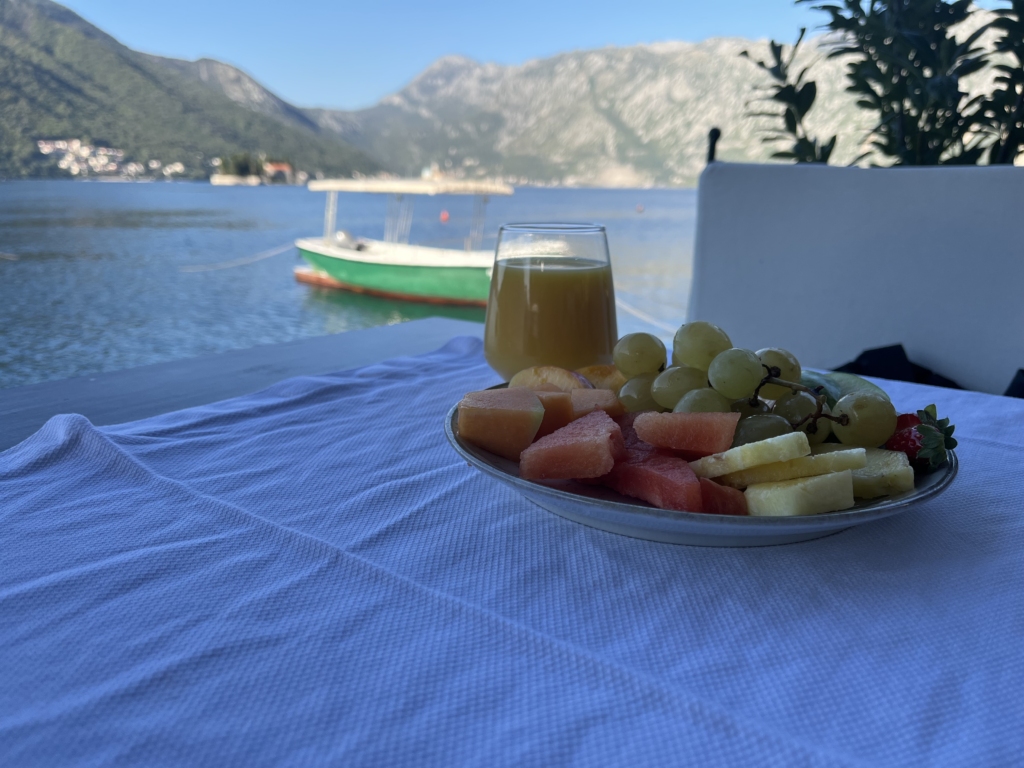
Perast is also a tranquil counterpart to Kotor once the sun has dipped under the horizon. Kotor is the place for evening entertainment, while Perast is perfect for chilled nights of sumptuous serenity. You’ve had a hectic week; you deserve to relax.
Read Also: Our Guide to Perast
Day 7 – Experience utter serenity in Luštica Bay
Okay, it would be a stretch to say that this itinerary has been exhausting, but you still deserve to end it with a little bit of luxury. Of course, by “a little bit,” we mean “a lot,” and nowhere in Montenegro does luxury better than Luštica Bay, 10 miles west of Kotor. Rewind a generation and this was all wilderness, but miracles have been performed to create the country’s finest luxury resort destination. That means there isn’t much to do outside of relaxing and admiring the sea, but there’s no better way to end a trip to Montenegro.
You can even throw in some five-star rejuvenation and restoration at The Chedi, one of the country’s best hotels and home to a magnificent spa and wellness offer. Hit the saunas, give your body some time to relax, and then put your feet up with a good book as the sun drops below the horizon.
We’ve barrelled through history, culture, bandits, pirates, shipbuilding and much more, and there’s no better place to take stock than Luštica Bay.

So there you have it, the perfect seven days in Montenegro, although this only scrapes the surface. What of Tivat, Herceg Novi, Podgorica, Biogradska Gora, Bar, and all the rest? You’ll have to come back, again and again.

